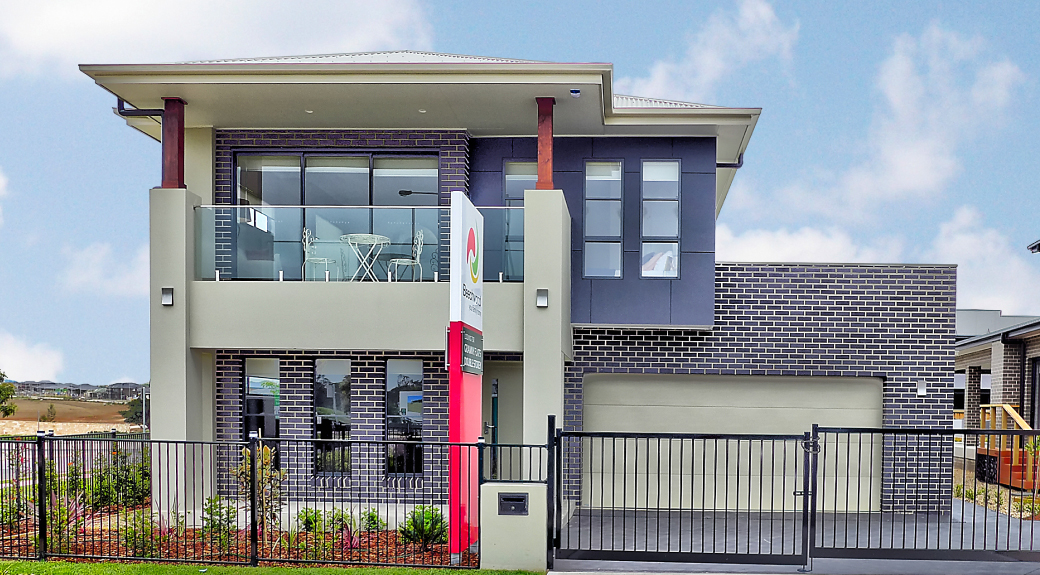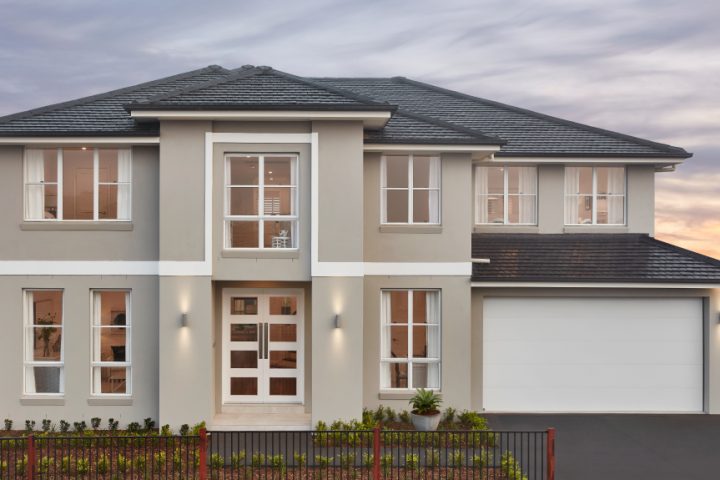Home Budget

Home Budget
February 7, 2020
Budgeting: spotlight on site costs
Building a new home and putting together a budget is an exciting time and for many, it’s a new experience. It’s so important to understand from the beginning of your journey what to expect so you can create the best workable budget from the get-go!
One BIG tip is to consider getting pre-approval on what you can borrow before you start looking at a new home build. This way, your decision making process is made so much easier because you know how much you have and so will know ‘yes’’ or ‘not this time’ across so many decisions that you’ll have to make.
In this blog, we’ll look at budgeting for site costs.
Your home budget will need to take into account not only what you are building but where you are building. When it comes to your site, there’s a number of potential budget items to consider and ask your builder about.
“Site costs are often referred to, but not always completely understood. It is critical to work with a builder who understands that a block of land chosen by a customer is prepared effectively to ensure a stable base/canvas for the build of their new home that will not be compromised in years to come,” says MOJO Homes General Manager Sales Paul Hogan.
One of the first things that’s done on your site is soil and contour testing by an engineer. These are two separate tests and are usually priced between $1,000 – $2,000. The reason for soil testing is to establish how likely it is that the soil will move, expand and contract with different levels of moisture content*.
You will also have the gradient determined – which is one of the key budgeting items. Is the site flat, sloping a little or a lot? The general rule of thumb is that the more it slopes, the more expensive the project will be. Make sure your builder has experience and designs available that will work on your sloping block. The more homes they have built on sloping block, the more effective their processes will be.
If your site is on a busy street you may need to cover traffic control costs – your builder can explain if this is necessary and include these costs their tender.
Another factor to think about is if you have a corner block. “There is usually an additional treatment or secondary façade that may be required in specific estates,” according to Eden Brae Homes State Sales Manager Bill Hawie.
Other site costs that you need to keep in mind are: water, electricity, gas, telephone, sewerage and fire control.At HomeWorld display villages, the builders know more than just how to build great houses, they can also help in every aspect of building your dream home, so feel free to ask any questions while you visit.
*Australia’s official soil classification is:
A – refers to sandy or rocky sites with little or no ground movement
S – refers to slightly reactive clay sites with slight ground movement as a result of moisture changes in the soil profile
M – refers to moderately reactive clay sites with moderate ground movement as a result of moisture changes in the soil profile
H – refers to highly reactive clay sites with high levels of ground movement as a result of moisture changes in the soil profile
E – refers to extremely reactive clay sites with extreme levels of ground movement as a result of moisture changes in the soil profileP – refers to sites with uncontrolled fill, loose sand, silt or abnormal moisture conditions.
Other recent blog
Sydney Thunder: HomeWorld Community Grants help Thunder Nation
Thunder Nation have benefited from much needed financial assistance thanks to the HomeWorld Community Grant program Clubs across the Thunder Nation have benefited from much needed financial assistance thanks to the HomeWorld Community […]
Knock Down and Rebuild
Each year we are finding that more and more people are coming out to a HomeWorld display village because they are considering a knock down and rebuild and they want to see what […]

